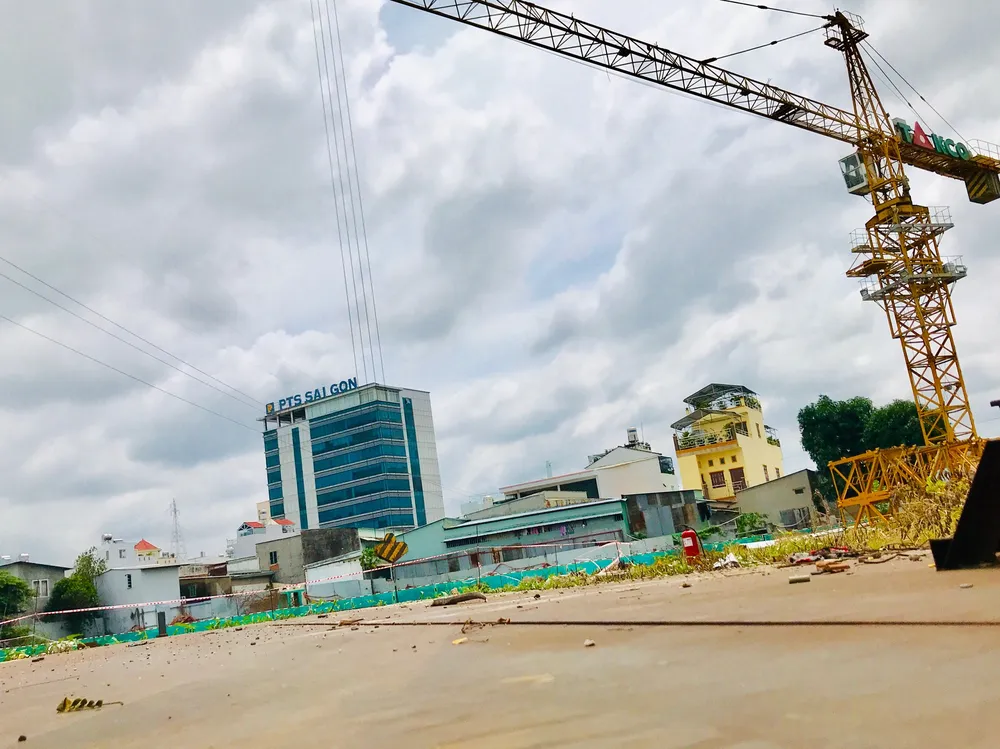
However, even after vast amounts in capital increase, DLG has failed to show promising business results, and fallen short of expectations with the group even being rejected by banks for further loan disbursements.
Thoughtless business moves
DLG has operated as a Joint Stock Company since 2007, with a huge charter capital of VND 697 bn, considered very substantial at that time. One year later, DLG was officially recognized by the SSC and became a public limited company. On 22 June 2010, DLG listed 29.1 million shares on HOSE at a closing price of VND 30,000 per share. The listing on the stock market was seen as a turning point for DLG, because soon after listing on HOSE, DLG continually issued more and more shares to increase capital.
In 2015, DLG increased capital to VND 1,691 bn from exchanging nearly 20 million shares of Mass Noble shareholders, and with this stock swap, DLG began to invest in the manufacturing of electronic components. In 2016, DLG continued to further increase its chartered capital to VND 2,301 bn, after the pre-term conversion of five million bonds to fifty million shares, and an additional issuance of nearly eleven million shares to increase share capital for existing shareholders.
In 2015, besides investing heavily in manufacturing of electronic components, DLG decided to suddenly transfer all capital from the Duc Long Gia Lai Wood Processing Company with chartered capital of VND 35 bn, to the Bamboo Capital Joint Stock Company (BCG). This was a surprise decision because the timber and wood products business was at the core of the DLG company.
However, DLG did not stop there but expanded into newer fields and unchartered territories by investing large sums in transport infrastructure in the form of BOT (build-operate-transfer) and BT (build-transfer); renewable energy (hydroelectricity, wind and solar power); and livestock breeding and trading in cows, corn cultivation and real estate businesses.
Similar blunders as HAG
At the 2015 annual general shareholders meeting, Mr. Bui Phap, Chairman of the Board of Directors, said that the group was consistently focused on four key areas of infrastructure, agriculture, energy and electronic components.
At the same time, DLG would also divest from traditional industries such as their timber business, to focus and use their resources for newer fields. DLG Board of Directors also set a business target for 2015, for revenue increase by nearly 150% to VND 2,500 bn, with profit reaching VND 265 bn. However, the actual profit of DLG in 2015 was only VND 81 bn.
It can be easily seen that DLG's development direction was quite similar to that of the Hoang Anh Gia Lai Group Joint Stock Company (HAG). By entering new fields of business instead of helping existing businesses grow and develop, DLG pushed itself to the bottom because of impatience to grow fast and by thoughtless investment decisions.For example, the real estate business is quite new, but DLG leaders still set an ambitious plan to build apartments, offices and commercial centers in Ho Chi Minh City with investment that went into thousands of billion dong.
One example of a thoughtless hasty investment decision by DLG was a large investment made by Van Gia Long in the Dragon Court high-end apartment trading center project in Tan Thuan Tay Ward in District 7 in Ho Chi Minh City. In this project, the capital contribution of hundreds of billion dong to Van Gia Long came from DLG via a contract signed on 10 May 2016.
Investors indifferent
Although not falling into severe losses like HAG, DLG was still let down by investors. In 2012, DLG shares fell to below VND 2,000 per share. Restructuring efforts since 2015 had helped DLG shares to increase to near par value of VND 10,000 per share, but the Van Gia Long incident once again pushed DLG shares to a bottom low of VND 1,240 per share by 2019. Recently, DLG announced its 2019 business results showing a profit of VND 180 bn, seven times higher than in 2018, but this improved result still is not enough to push DLG shares above VND 2,000 per share.
The indifference of investors to DLG business results shows that this enterprise is facing grave risks. In fact, right from the moment DLG announced its restructuring plans, there have been many doubts expressed as to the level of risks. Notably, the pressure of financial leverage was pushed up, leading to a sharp decline in the net profit ratio, while the increase in asset size made the efficiency of asset use and capital efficiency decline. Thus, despite the dramatic increase in business results in 2019, DLG has just been able to complete 90% of the assigned plan.
In the half yearly financial report of 2019, the audit emphasized on many notable factors. Specifically, as of 30 June 2019, most DLG debts were overdue with banks, organizations, individuals and bonds. All banks have stopped disbursing loans to DLG. This suggests that the existence of uncertain factors has placed doubt in the continuity of the business. The Group may not be able to pay its debts under normal conditions, and DLG operations depend on future profitability or agreement with creditors on extension and rescheduling of debts.
According to the half yearly financial report of 2019, DLG has total liabilities of VND 5,227 bn, equivalent to 60% of its total assets, in which, total financial debt is VND 3,695 bn from banks such as BIDV, VietinBank and nearly VND 500 bn in bonds.




















